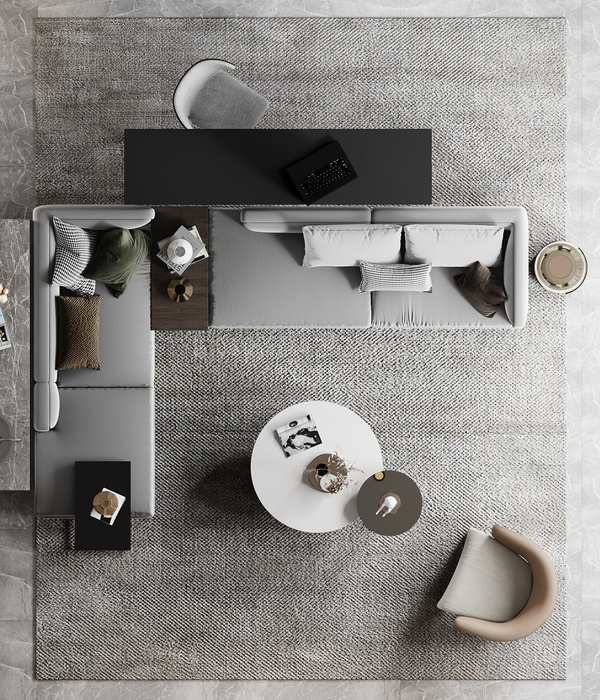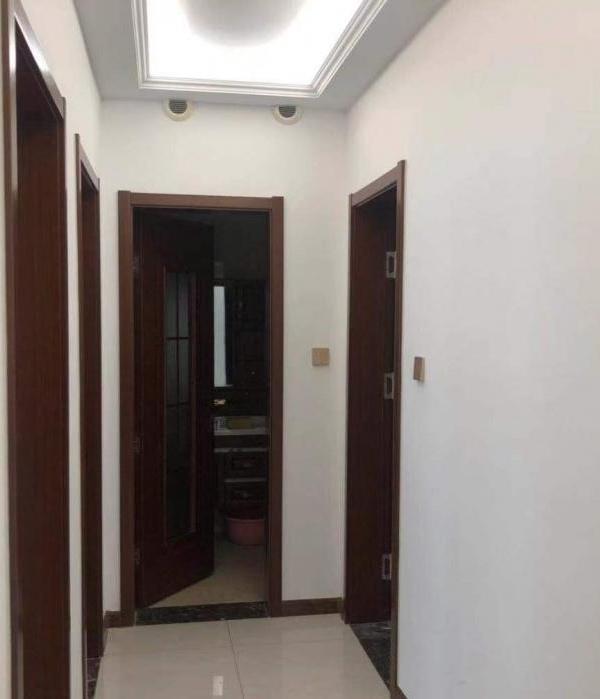Firm: GN Architects
Type: Government + Health › Aging Facility Residential › Multi Unit Housing
STATUS: Built
YEAR: 2017
The Ardor Gardens in Qingpu District, Shanghai is a vigorous retirement community with 850 apartments that can accommodate 1,300 elderly people. The project is 3km away from Zhujiajiao Ancient Town and is surrounded by "green camps" such as Dianshan Lake, loquat orchards, and Oriental Oasis. Community planning focuses on vitality and maintenance, opening up many outdoor gardens and natural rivers, creating a "water system community" natural environment, the central club and branch clubs, and other public activity spaces, designing a brand-new lifestyle for the vital Chinese elders after retirement. In this way, the "retirement life" is truly upgraded to "enjoy the retirement".
In the preliminary investigation of the project, we found that the customer’s social relationship was not aging, and socializing with family and friends is the best life. For this reason, more public areas for family and friends’ reunions have been set up in the community.
The design focuses on promoting the sustainable operation of the elderly community, especially in terms of operational efficiency and cost. The design does not simply consider the control of construction costs, but starts from the characteristics of the property holdings, and takes the maintenance and repair of low-cost and high-efficiency buildings as s target. After the elder-oriented design, streamlined planning, and operation demand demonstration, we put forward quite a few innovative solutions in the node design, such as plug sockets and hand wash basins configured to take into account the needs of neighborhood activities. There is a small cleaning room distributed on every floor. The affiliated clubs with one main and three subsidiaries are all located on the first floor. While increasing the connection between indoor and outdoor, it is convenient to increase the temporary derivative function space. Self-service and service supplies are combined to form a comfortable activity radius while controlling labor costs at a certain level. Such practices provide a foundation for the formation of low-consumption and high-efficiency future operations.
{{item.text_origin}}












